八上英语Unit 3.3 What were you doing at this time yesterday?思维导图

八上英语Unit 3.3 What were you doing at this time yesterday?
树图思维导图提供 八上英语Unit 3.3 What were you doing at this time yesterday? 在线思维导图免费制作,点击“编辑”按钮,可对 八上英语Unit 3.3 What were you doing at this time yesterday? 进行在线思维导图编辑,本思维导图属于思维导图模板主题,文件编号是:959043ad5782ffda78f6c1d0a536cbd5
思维导图大纲
八上英语Unit 3.3 What were you doing at this time yesterday?思维导图模板大纲
重点句子:
1. Hold on, please./Hold the line, please./Wait a moment, please.
请别挂电话。/请稍等。/请等一会。
2. This is Maria speaking. May I speak to Jane.
我是玛丽亚,可以请简接电话吗/我可以和简说话吗?
3. ─What are you doing?
你在做什么?
─I’m practicing the violin.
我正在练习小提琴。
4. ─What were you doing at this time yesterday?
昨天这个时候你在做什么?
─I was taking a shower.
昨天这个时候我正在洗澡。
5. ─Were you playing computer games from seven to nine yesterday?
你昨天七点到九点玩电脑游戏吗?
─Yes, I was., I wasn’t.
是的,我是。/不,我不是。
短语:
1. take a shower 洗澡
2. call sb. to do sth.
打电话给某人让做某事
3. agree with sb. 同意某人的看法
4. in a low voice 低声地
5. wake up 醒来
6. pass by 经过
7. fall down 落下
8. be afraid to do sth.=be afraid of doing sth.
害怕做某事
9. warm sb. up 温暖某人
10. a fourth match(a / an +序数词“再一;又一”)
划了第四根火柴
11. hold sb. in one’s arms
把某人搂在怀里
12. get together 聚在一起
13. go out 出去,外出
14. a two-day weekend
一个两天的周末
15. too...to 太...以致不能...
16. stop doing sth.
停止,中断(行为,活动)
17. stop to do sth.
停下...,去做其他事情
语法:
1. 过去进行时
过去进行时表示过去某个时间或某段时间正在进行的动作。
过去进行时的构成
过去进行时由be动词的过去式was/were加动词现在分词构成。
过去进行时常与表示过去的时间状语如at that time,at this time yesterday,a moment ago等连用,或者用另一动作来表示过去的时间。
①肯定句:主语+was/were+现在分词(v.ing)+其它
如:She was reading at 8:00 this morning.
②否定句:主语+was/were+not+现在分词(v.ing)+其它
如: She was not reading at 8:00 this morning.
③一般疑问句:Were/Was +主语+现在分词(v.ing)+其它
如:Was she reading at 8:00 this morning?
Yes, she was., she wasn't.
肯定回答:Yes , 主语+was/were.
否定回答:No , 主语+ wasn’t/weren’t.
④特殊疑问句:疑问词+were/was +主语+现在分词(v.ing)+其它
如:What was she doing at 8:00 this morning?
过去进行时的基本用法
①过去进行时表示过去某个时刻正在进行的动作,时间状语往往是表示过去某一时间点
如:I was reading at 8:00 this morning.
今天早上8点我正在看书。
②过去进行时还表示过去某段时间内持续进行的动作
如:Were you playing computer games from seven to nine yesterday?
你昨天七点到九点玩电脑游戏吗?
2. Wasn’t it interesting ? 难道它不有趣吗?
此句为一般疑问句的否定式。这类疑问句常表示提问人的惊讶、赞叹、怀疑或责难等语气。
回答时根据实际情况来判断,如果事实上是,用yes; 如果事实上不是,用no。
如:—Don’t you play chess ? 你不下棋吗?
—Yes, I do. 不,我下棋。
—No, I don’t. 是的, 我不下棋。
3. ①同意观点
I agree with you.
Yes, I think so.
You are quite right.
②不同意观点
I don’t agree.
No, I don’t think so.
③一般
Just so-so.
4. In the early 1800s, Sunday was the “holy day”.
19世纪早期,星期日叫“圣日”。
in the 1800s/1800’s 意为在19世纪
in the 1960s/1960’s 意为在20世纪60年代
相关思维导图模板
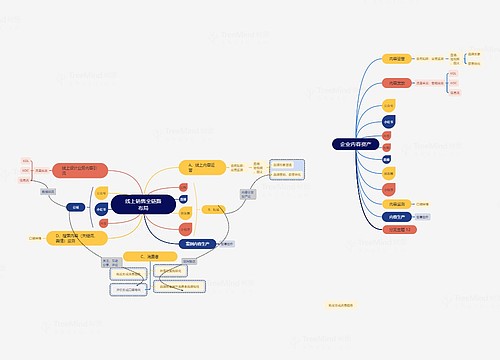

树图思维导图提供 线上销售全链路布局 在线思维导图免费制作,点击“编辑”按钮,可对 线上销售全链路布局 进行在线思维导图编辑,本思维导图属于思维导图模板主题,文件编号是:d7d9de3c963dd0170f070d111b460b99
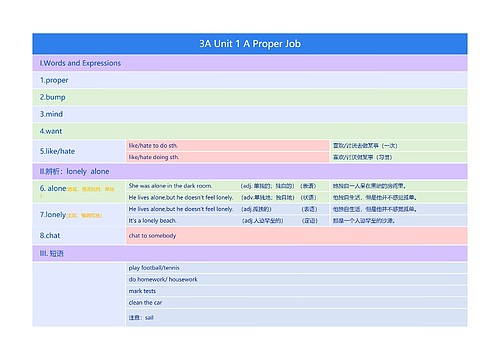

树图思维导图提供 3A Unit 1 A Proper Job 在线思维导图免费制作,点击“编辑”按钮,可对 3A Unit 1 A Proper Job 进行在线思维导图编辑,本思维导图属于思维导图模板主题,文件编号是:8d966446cda22e33b426cba15d3d981e

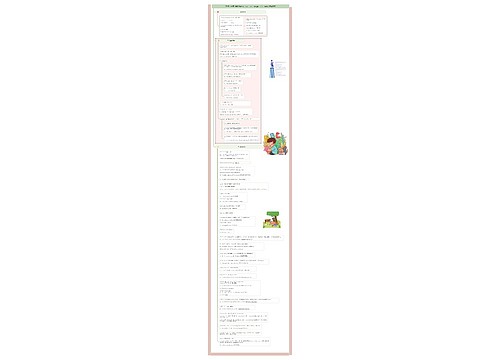
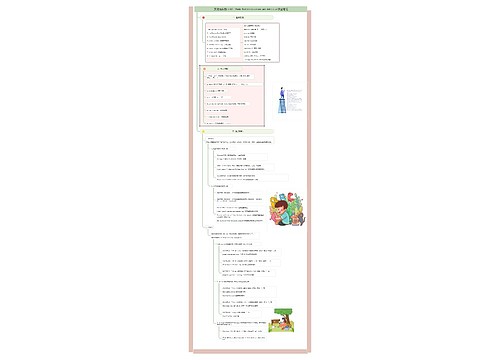
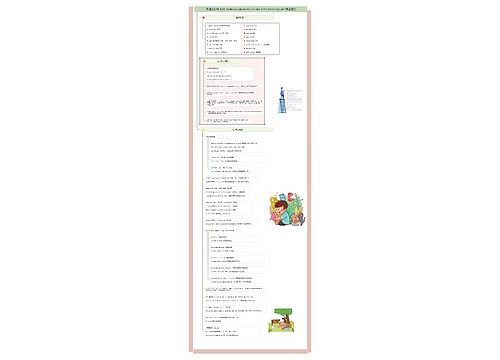
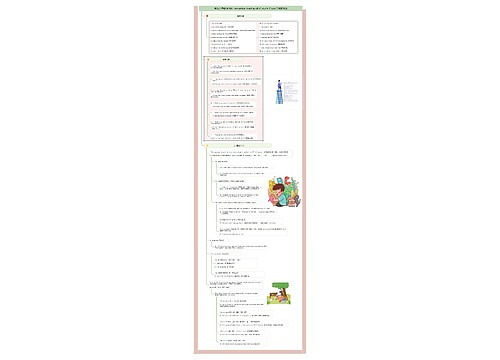
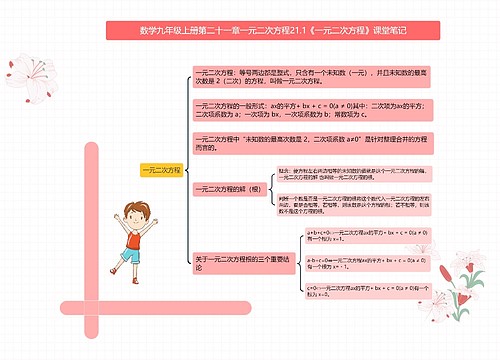
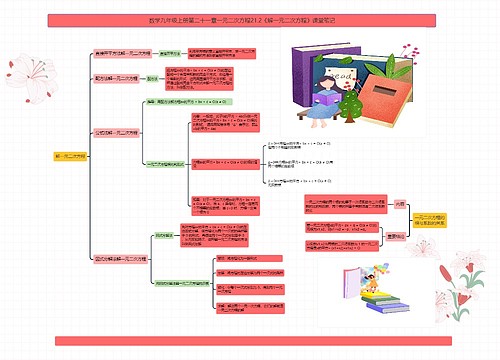
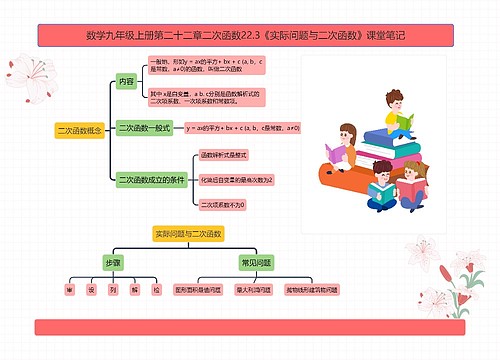

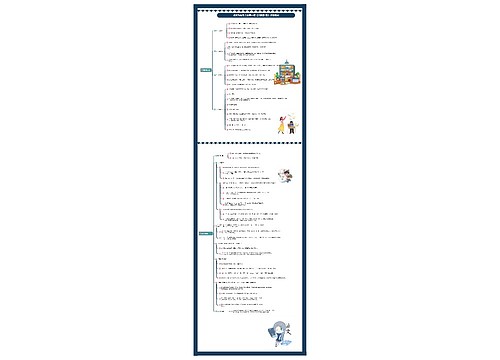
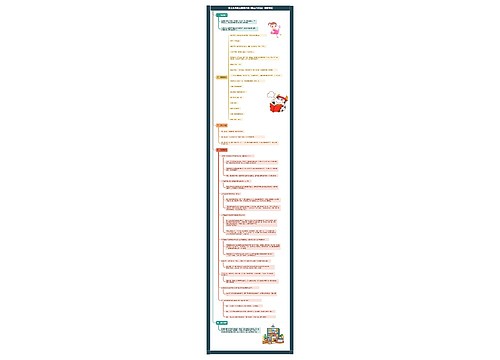

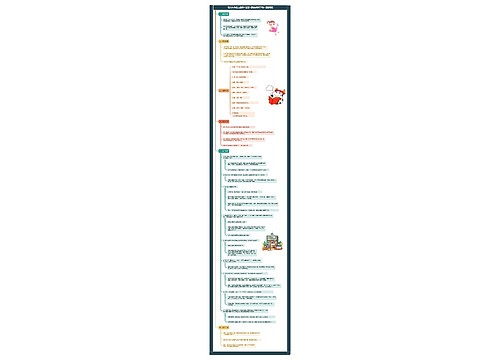
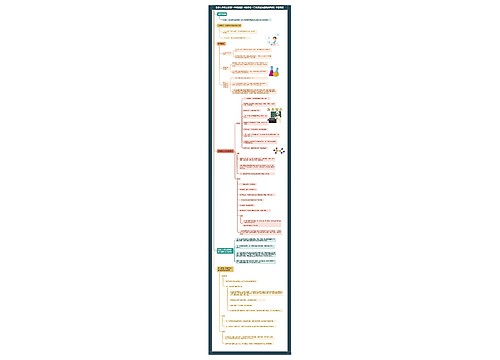
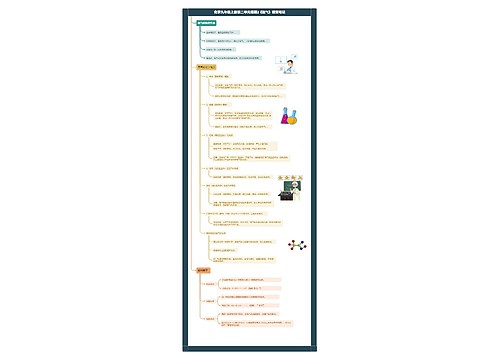
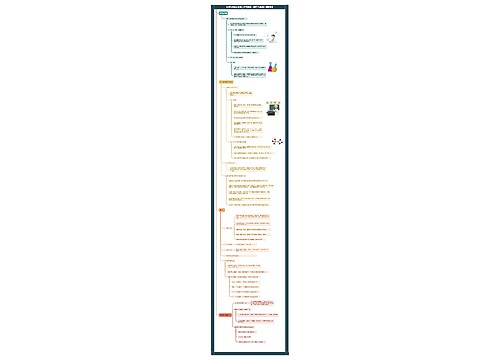
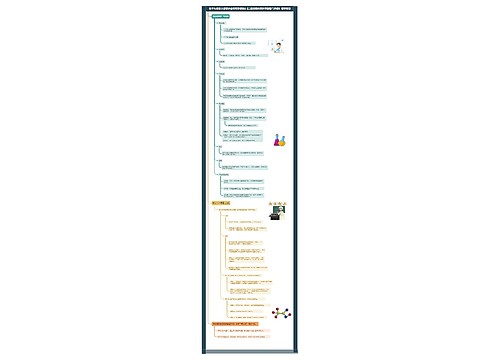
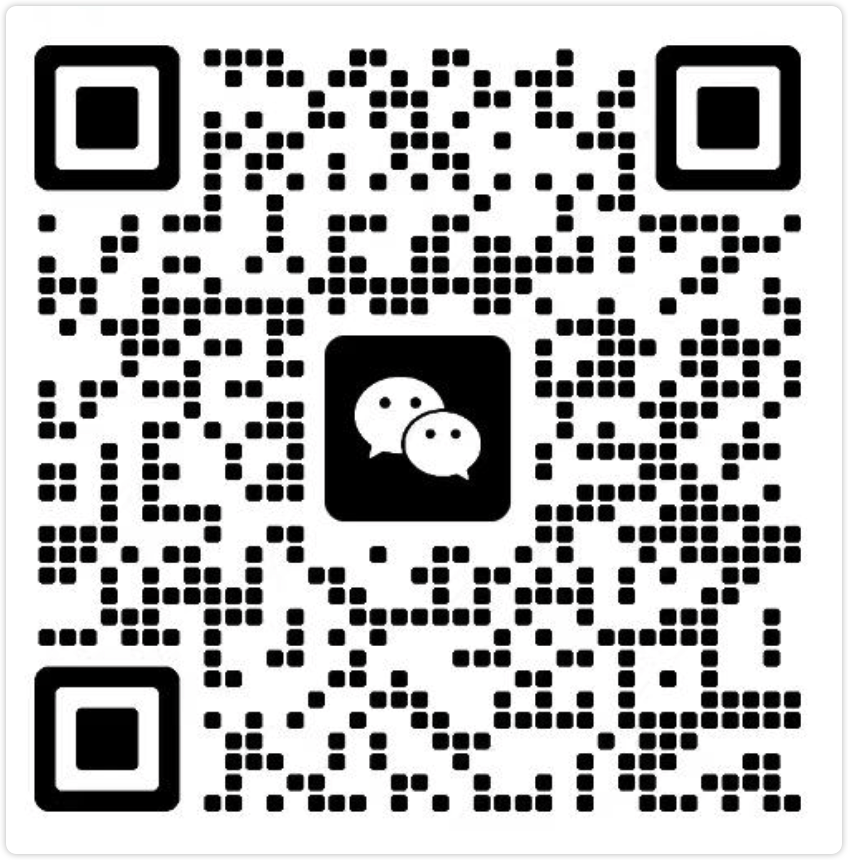
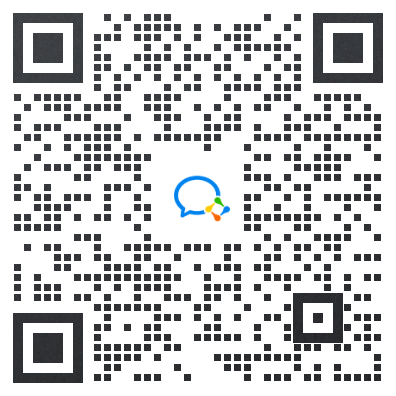
 上海工商
上海工商